
Murder at the Crossroads
Murder at the Crossroads
by Doug MacLeod & Debra Schiff
A NEW MYSTERY FOR MUSIC FANS
“Murder at the Crossroads” transports the traditional mystery into the world of blues music. It was cowritten by Doug MacLeod, a world-touring,…
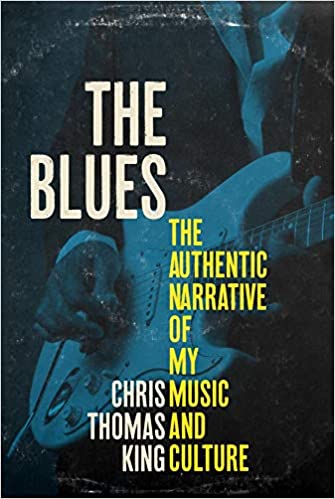
The Blues – The Authentic Narrative of My Music and Culture
The Blues: The Authentic Narrative
of My Music and Culture,
by Chris Thomas King (Chicago Review Press Inc.)
Review by Randy Murphy
In his new book, “The Blues: The Authentic Narrative of My Music and Culture,” Chris Thomas King sets out…
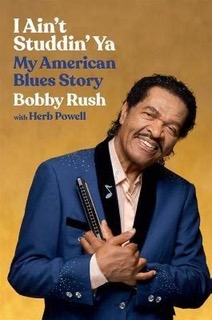
Bobby Rush Autobiography- I Ain’t Studdin’ Ya
Bobby Rush Autobiography - I Ain’t Studdin’ Ya
By Randy Murphy
“All bluesmen are optimists,” Bobby Rush explains in his splendid new autobiography I Ain’t Studdin’ Ya.” “You almost gotta be. The next record. The next big gig.…
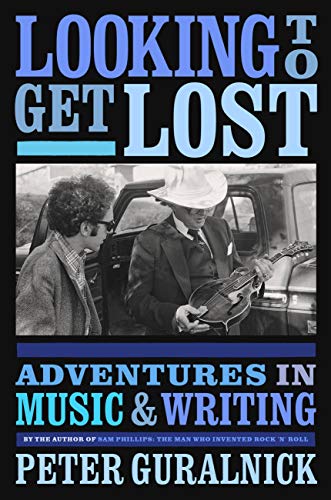
Looking to Get Lost
Looking to Get Lost
Adventures in Music and Writing
By Peter Guralnick
Review by Greg Johnson
Peter Guralnick is arguably one of the foremost musical historians and biographers of our time. His books on the lives of Sam Cooke, Sam…
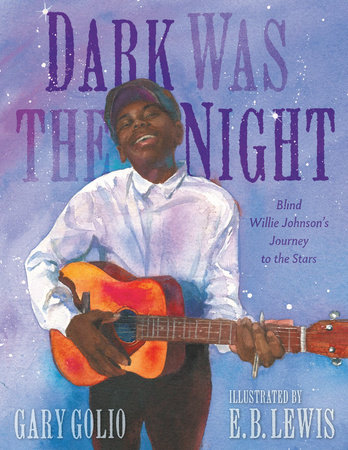
Dark Was the Night – Blind Willie Johnson’s Journey To The Stars
Dark Was the Night
- Blind Willie Johnson’s Journey To The Stars
By Gary Golio, illustrated by EB Lewis
Nancy Paulson Books, 2020. 32 pages
Review by Greg Johnson
Dark Was The Night is the latest offering from Gary Golio, an award…
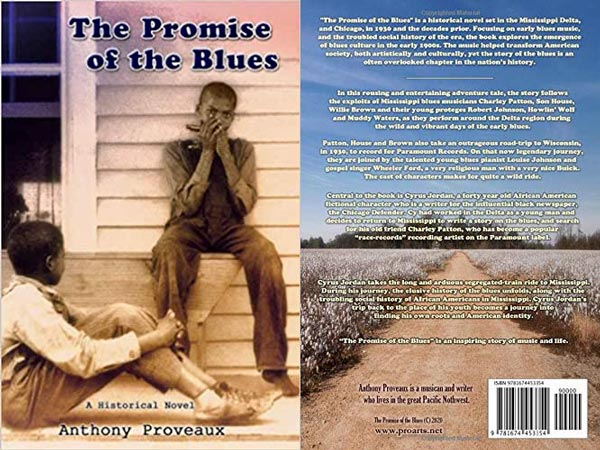
The Promise of the Blues – Anthony Proveaux
Book Review by Greg Johnson:
The Promise of the Blues
Anthony Proveaux
Pro-Arts Production 2020.
181 pages
“The Promise of the Blues” is a work of historical fiction that offers more than you’d expect from such a genre of writing. It does…
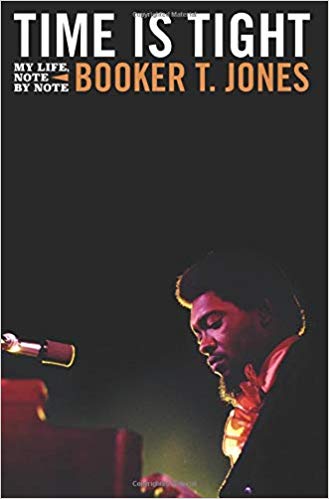
Time Is Tight: My Life Note By Note ~ Booker T. Jones (Little, Brown 2019)
by Booker T. Jones
Little, Brown 2019
Book Review by Greg Johnson
Booker T. Jones made his mark in the music annals with his creative energy behind The MGs and working as the house band and songwriter at Stax throughout the 1960s. With multiple…
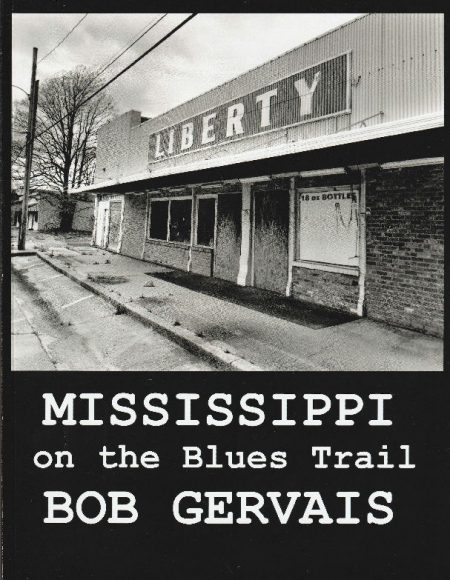
Mississippi On The Blues Trail By Bob Gervais
Book Review by Greg Johnson
"Mississippi, On The Blues Trail" is a new book of images taken by local photographer Bob Gervais, documenting the blues culture of the Mississippi Delta. With over 100 pages of stellar black & white photographs…
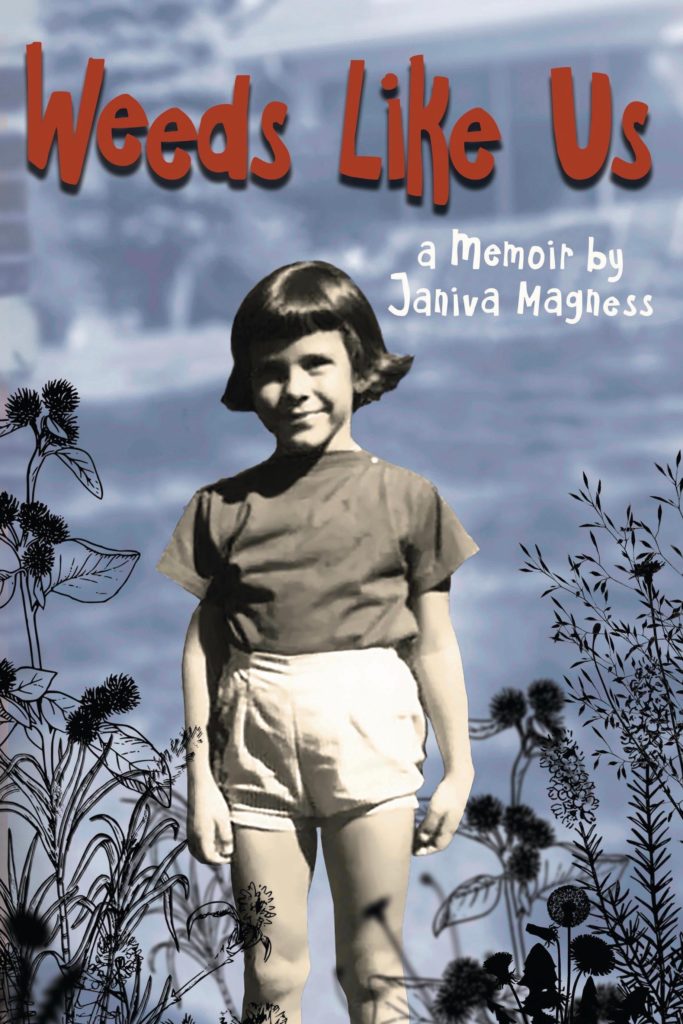
Book Review – Weeds Like Us
Review by Greg Johnson
They often say that you have to pay your dues if you want to sing the blues. Well, if that is the case then Janiva Magness has paid those dues tenfold over the course of her tumultuous life. Raised in a dysfunctional family…
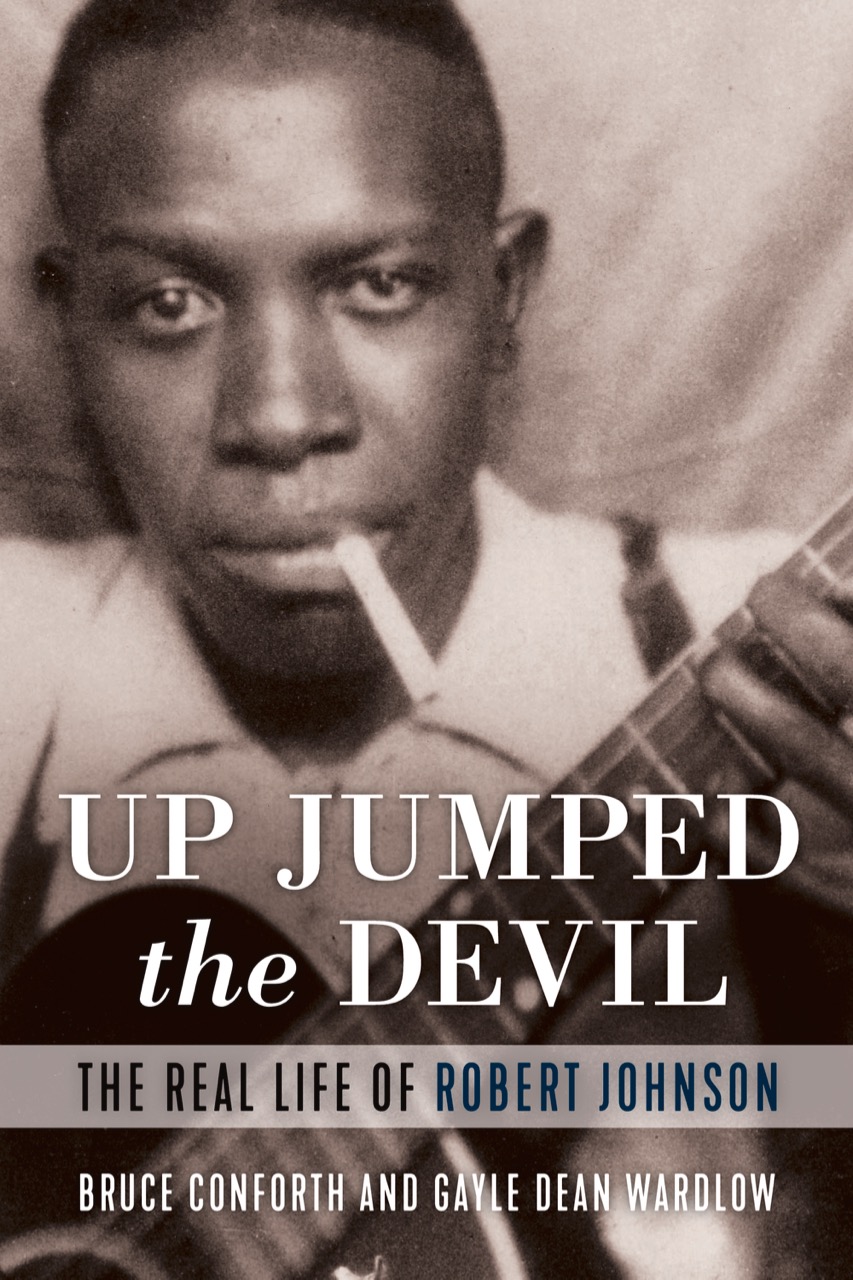
Up Jumped The Devil – The Real Life of Robert Johnson, Bruce Conforth and Gayle Dean Wardlow
Review by Randy Murphy
Bruce Conforth and Gayle Dean Wardlow, the authors of Up Jumped The Devil: The Real Life of Robert Johnson, are not shy about asserting their purpose for writing this biography. They admit that they’re “[hoping] to…
